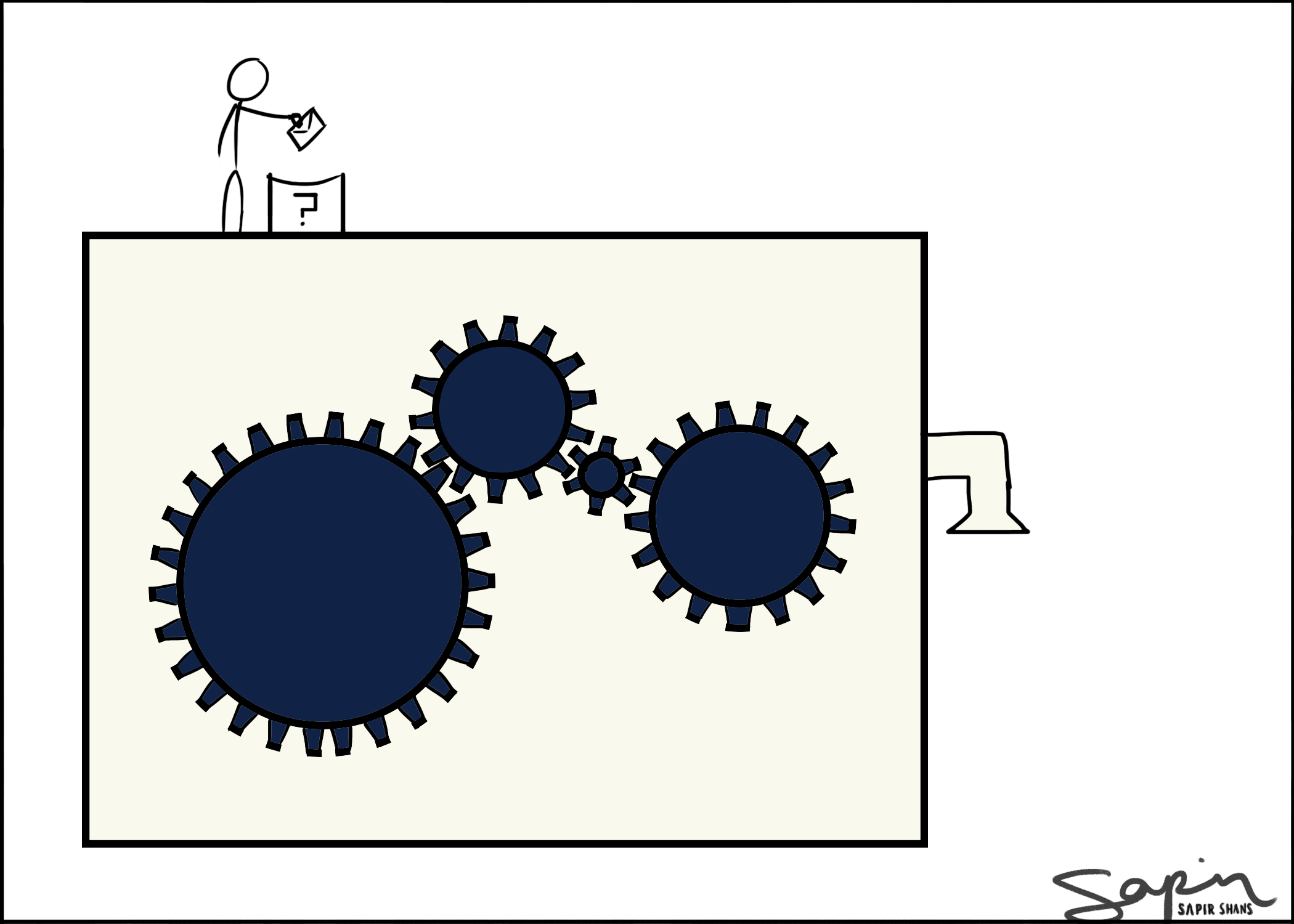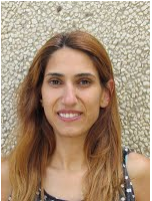Students want to know so many things – “how come we drink liquids in many colors, but urine is always yellowish?”, “Is it possible to tame a lion and turn it into a vegetarian?”, “How come we don’t feel we are growing up?”, and “If you go on a diet, where does the fat go?”. We have developed a way to unleash the power of students’ interest in the science class by incorporating their own questions into teaching.
Just like a “shadow government” which are alternative policies developed by parties not in office. Our collaborative online “shadow curriculum” reflects the interests of those who have no voice in deciding what the formal curriculum should include, although they are the ones who are most influenced by it. By incorporating students’ interests into the curriculum, it allows teachers to find out what their students want to know about the topics they have to teach, and helps them decide what information and activities they can use to bridge students’ interests and national requirements.
Project Members

Galit Hagay, Ph.D.
Relevant Publications
Hagay, G., and Baram-Tsabari, A. (2015).
A strategy for incorporating students’ interests into the high-school biology classroom.
Journal of Research in Science Teaching 52(7), 949–978.
Abstract PDF
Swirski, H. and Baram-Tsabari, A. (2015).
“Will a Black Hole Eventually Swallow Earth”? Fifth Grades’ interest in Questions from Textbook, Open Educational Resource and Other Students’ Questions.
Interdisciplinary Journal of E-Learning and Learning 11, 313 – 327.
PDF
Swirski, H. and Baram-Tsabari, A. (2014).
An online learning environment as a tool for fifth graders to bridge the gap between the science curriculum and student questions.
Presented as a talk at the 9th annual Chais Conference on Instructional Technologies Research Learning in the Technological Era.
Raanana, Israel (11-12 Feb). [Best Student Paper Award].
PDF ppt
Baram-Tsabari, A. (2014).
Does a whale have a bellybutton?
A talk at the TEDx Weizmann Institute (URL)
Hagay, G., Peleg, R., Laslo, E. and Baram-Tsabari, A. (2013).
Nature or Nurture? A lesson incorporating students’ interests in a high-school biology class.
Journal of Biological Education 47(2), 117-122.
Abstract PDF
Hagay, G., Baram-Tsabari, A. and Peleg, R. (2012).
The co-authored curriculum: high school teachers’ reasons for including students’ extra-curricular interests in their teaching.
International Journal of Science and Mathematics Education 11(2), 407-431.
Abstract PDF
Hagay, G., Baram-Tsabari, A., Ametller, J., Cakmakci, G., Lopes, B., Moreira, A., and Pedrosa-de-Jesus, H. (2012).
The Generalizability of Students’ Interests in Biology Across Gender, Country and Religion.
Research in Science Education 43(3), 895-919.
Abstract PDF
Hagay, G. and Baram-Tsabari, A. (2012).
Including students’ voices as engagement with curriculum: Perspectives from a secondary biology course.
Canadian Journal of Science, Mathematics and Technology Education 12(2), 160-177.
Abstract PDF
Hagay, G. and Baram-Tsabari, A. (2011).
A Shadow Curriculum: Incorporating students’ interests into the formal biology curriculum.
Research in Science Education 41(5), 611-634.
Abstract PDF


